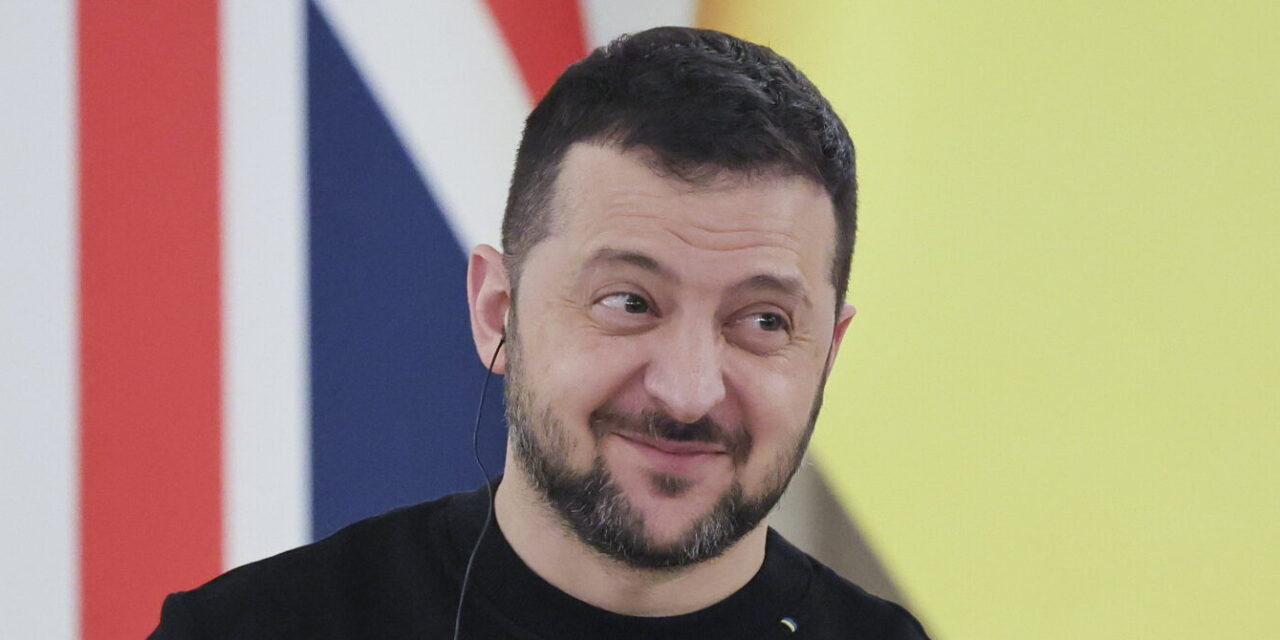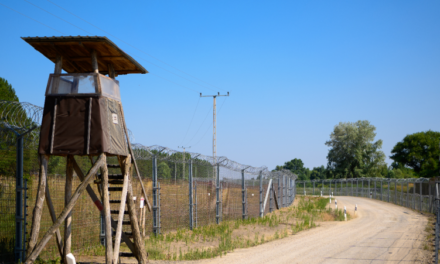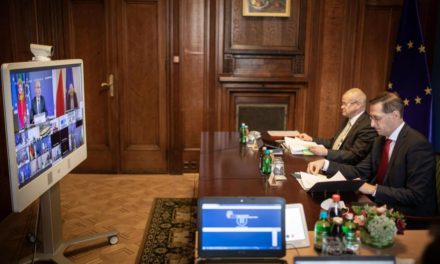The decision was made on a sleepless night, from which the Ukrainian president later tried in vain to withdraw, his chief of staff overstepped him.
According to Wall Street Journal sources, the president of Ukraine personally approved the Nord Stream detonation, and the sabotage was carried out despite the CIA's objections. It has now been revealed exactly how.
The American newspaper published shocking news, according to its sources, “In May 2022, a handful of high-ranking Ukrainian military officers and businessmen gathered to toast their country's remarkable success in stopping the Russian invasion.
Fueled by alcohol and patriotic feelings, someone proposed a radical step: the destruction of the Nord Stream”
- this is how the Wall Street Journal article begins, which reveals that one of the most daring acts of sabotage in modern history (which, like the destruction of critical infrastructure, is also a war crime) was not organized by the CIA, nor even by Putin (although the mainstream press claimed this at the time) but Ukrainian President Volodymyr Zelensky himself approved the plans.
According to the Wall Street Journal, the sale cost about $300,000.
They used a small chartered yacht whose crew of six included trained civilian divers. One of them was a woman, whose presence helped create the illusion that it was a group of friends on a hike.
"I always laugh when I read speculation in the media about some huge operation involving secret services, submarines, drones and satellites," said an officer who was involved in the operation. "The whole thing was born after a night of fun and because of the iron-clad determination of a handful of people who had the courage to risk their lives for their country," he added.
Volodymyr Zelensky initially approved the plan, according to an officer involved and three people familiar with the plan. But later, when the CIA found out about it and asked the Ukrainian president to put the brakes on, he ordered the shutdown, they said.
According to the Wall Street Journal, the chief of staff at the time, Valery Zaluzhny, then pushed for the implementation of the plan.
The paper spoke to four senior Ukrainian defense and security officials who were either involved in the plot or had direct knowledge of it. They all said that "the pipelines were a legitimate target in Ukraine's defensive war against Russia."
Part of their account was corroborated by a nearly two-year-long German police investigation into the attack, during which evidence including emails, cellphone and satellite phone communications, and fingerprints and DNA samples were collected from the saboteurs. The German investigation did not directly link Zelenskyi to the covert operation.
General Zaluzhny, who is currently Ukraine's ambassador to London, said in an exchange of messages that he was not aware of any such operation and that any suggestion to the contrary was "pure provocation". He added that the Ukrainian armed forces do not have the authority to carry out sea missions, so they would not have participated in them.
The fact-finding report then goes on to detail how, after the initial pushback, the Ukrainian leadership decided to blow up the pipeline.
As part of the May 2022 pact between businessmen and military officers, it was agreed that the former would finance and help implement the project, as all the army's money was consumed by repelling the Russian attack. The mission was placed under the supervision of a serving general with expertise in special operations, who was to report directly to Zaluzhny.
Zelensky approved it within days, according to four people familiar with the plan. All agreements were made verbally, no written evidence was left.
But the following month, the MIVD, the Dutch military intelligence agency, learned of the plan and alerted the CIA, according to several people familiar with the Dutch report. U.S. officials then immediately notified Germany, according to U.S. and German officials.
Afterward, the CIA warned Zelenskyi's office to stop the operation, U.S. officials said.
According to Ukrainian officers and officials familiar with the conversation, as well as Western intelligence officials, the Ukrainian president then ordered Zaluzhny to stop the operation. But the general ignored the order and his team modified the original plan, the sources said.
The general in charge of the operation assigned Ukraine's best special operations officers, who had experience in organizing high-risk covert missions against Russia, to coordinate the attack.
One of them was Roman Chervinsky, a distinguished colonel who previously served in Ukraine's main security and intelligence service, SZBU.
Chervinsky is currently on trial in Ukraine on charges unrelated to the case. He was released on bail in July after more than a year in detention. After his release, he declined to comment on the Nord Stream case, saying he was not authorized to speak about it.
The article also talks about the execution of the action: in September 2022, the conspirators chartered a 50-foot yacht named Andromeda in the Baltic Sea port city of Rostock, Germany. The ship was chartered with the help of a Polish travel agency, which Ukrainian intelligence had set up as a front for financial transactions nearly a decade ago.
One crew member, an active-duty military officer who had fought in the war, was an experienced captain, and four were experienced deep-sea divers, people familiar with the German investigation said. The crew included civilians, one of whom was a woman in her 30s who was privately trained as a diver. According to a person familiar with the plans, the woman was chosen not only for her abilities, but also so that the crew could more believably disguise themselves as vacationing friends.
The captain took a short leave from his unit, which was fighting on the front in southeastern Ukraine. According to two Ukrainians familiar with the incident, his commander was not informed.
Ukraine has been training the best civilian and military divers for a long time. The naval base in Crimea has trained deep-sea divers in the past for sabotage and demining. According to two senior Ukrainian officers, they also kept fighter dolphins trained to attack enemy divers and blow up ships. The base was taken over by Russia after the seizure of Crimea, and some of the staff moved to other parts of Ukraine, the WSJ reports.
The crew set out equipped only with scuba gear, satellite navigation, a portable sonar and open-source maps of the seabed. According to people familiar with the German investigation, the four divers worked in pairs.
They operated in pitch-black, icy water and handled a high explosive called HMX, which was strapped to timer-controlled detonators. A small amount of the light explosive was enough to rupture the high-pressure pipes.
20 minutes at this depth requires about three hours of decompression, and the person must then refrain from diving for at least 24 hours or risk serious health consequences.
Due to bad weather, the crew was forced to make an unscheduled stop at the port of Sandhamn, Sweden. One of the divers accidentally dropped an explosive device to the bottom of the sea. The crew briefly discussed whether to abort the operation because of the bad weather, but the storm soon died down, two people familiar with the operation said.
After the attack - three of the four lines were knocked out - energy prices jumped.
Germany and other countries also tried to nationalize the energy companies handling Russian gas, but which collapsed after the destruction of the pipelines.
Even today, Germany pays about $1 million a day just to rent floating terminals for liquefied natural gas, or LNG, and this has only partially replaced the Russian gas channeled by Nord Stream.
Among others, Germany, Denmark, Sweden and the United States also investigated what happened with ships and divers, the Swedes, for example, did not disclose anything unusual. the Ukrainian president approved the detonation of the Nord Stream, the Ukrainians carried out the sabotage despite the protests of the CIA.
Cover photo: Ukrainian President Volodymyr Zelenskyi
Source: MTI/EPA/Oleh Petrasjuk













